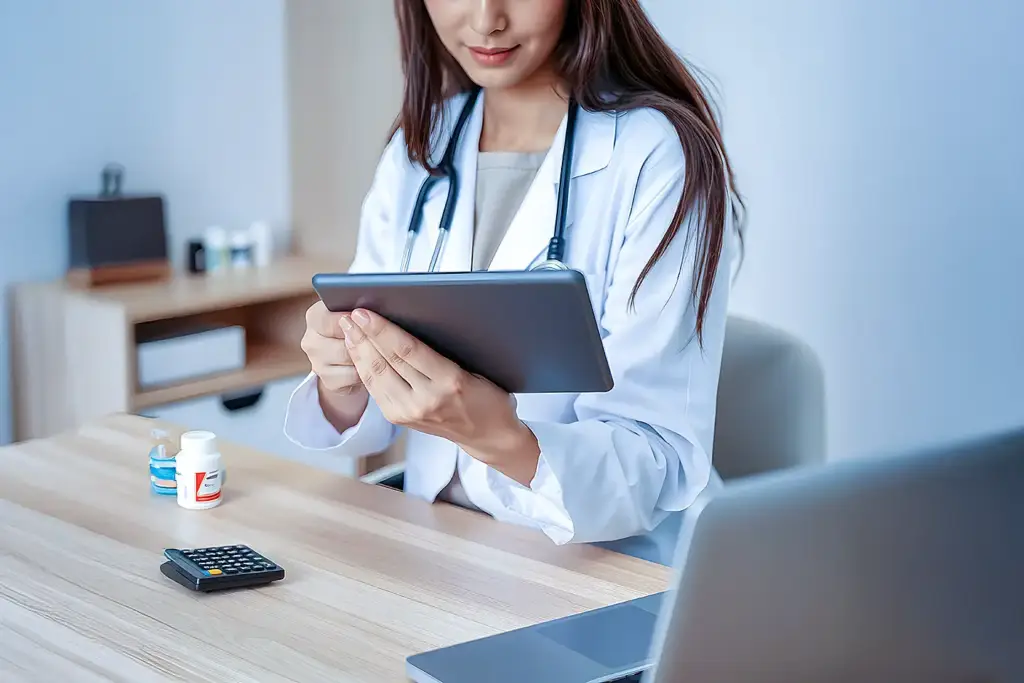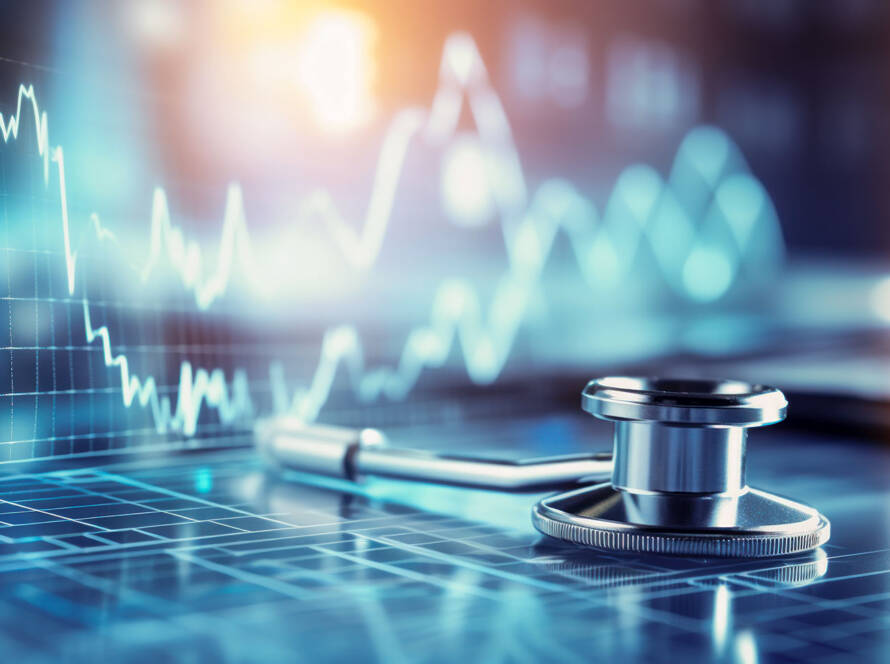The healthcare industry is undergoing a profound transformation driven by the rapid adoption of the Internet of Medical Things (IoMT) and Internet of Things (IoT) technologies. These connected devices and systems are enabling smarter, more personalised, and efficient healthcare delivery that benefits both patients and providers.
Expanding Connectivity for Smarter Patient Care
IoMT integrates medical devices such as wearable sensors, remote monitoring tools, and diagnostic equipment into healthcare networks, allowing real-time data collection and analysis. This connectivity empowers healthcare professionals to monitor patient health continuously, detect anomalies early, and intervene proactively — leading to improved outcomes and reduced hospitalisations.
For example, wearable biosensors can track vital signs like heart rate, blood glucose, and respiratory function, transmitting data instantly to clinicians. This continuous monitoring is especially valuable for managing chronic conditions such as diabetes and cardiovascular diseases, where timely adjustments to treatment can be life-saving.
Enhancing Telemedicine and Remote Healthcare

The rise of IoMT has accelerated telemedicine adoption by providing reliable, real-time patient data outside traditional clinical settings. Patients can receive consultations and care remotely, supported by accurate health metrics from connected devices. This shift not only improves access to healthcare for rural or mobility-impaired populations but also reduces the strain on healthcare facilities.
Advancements in 5G connectivity further enhance these capabilities by enabling faster, more reliable data transmission, supporting complex applications like remote-assisted surgeries and real-time video diagnostics.
Driving Data-Driven Clinical Decisions
The vast volumes of data generated by IoMT devices feed into advanced analytics and artificial intelligence (AI) systems. These technologies transform raw data into actionable insights, helping clinicians personalise treatment plans, predict patient risks, and optimise resource allocation.
Predictive analytics can, for instance, identify patients at high risk of hospital readmission or adverse events, allowing for targeted interventions that improve care quality and reduce costs.
Addressing Security and Privacy Challenges
As healthcare becomes increasingly connected, safeguarding sensitive patient information is paramount. IoMT solutions incorporate robust cybersecurity measures, including encrypted communications, device authentication, and continuous threat monitoring, to protect against data breaches and ensure compliance with healthcare regulations.
Building patient trust through transparent data practices and secure technologies remains a critical focus for healthcare providers and technology developers alike.
Innovating Healthcare Delivery and Patient Engagement
Beyond clinical benefits, IoMT and IoT technologies are reshaping patient engagement and healthcare workflows. Smart hospital systems automate inventory management, equipment tracking, and patient identification, reducing errors and improving operational efficiency.
Patients, empowered by health apps and connected devices, can actively participate in their care, improving adherence to treatment plans and fostering healthier lifestyles.
The integration of IoMT and IoT is setting a new standard for healthcare — one that is connected, proactive, and patient-centred. As these technologies continue to evolve, they promise to make healthcare more accessible, efficient, and personalised, ultimately transforming how care is delivered worldwide.
At Global Research, we are dedicated to harnessing the power of IoMT and IoT to help healthcare providers innovate and improve patient outcomes. Our customised solutions are designed to meet the unique challenges of modern healthcare, driving smarter, safer, and more connected care for all.


